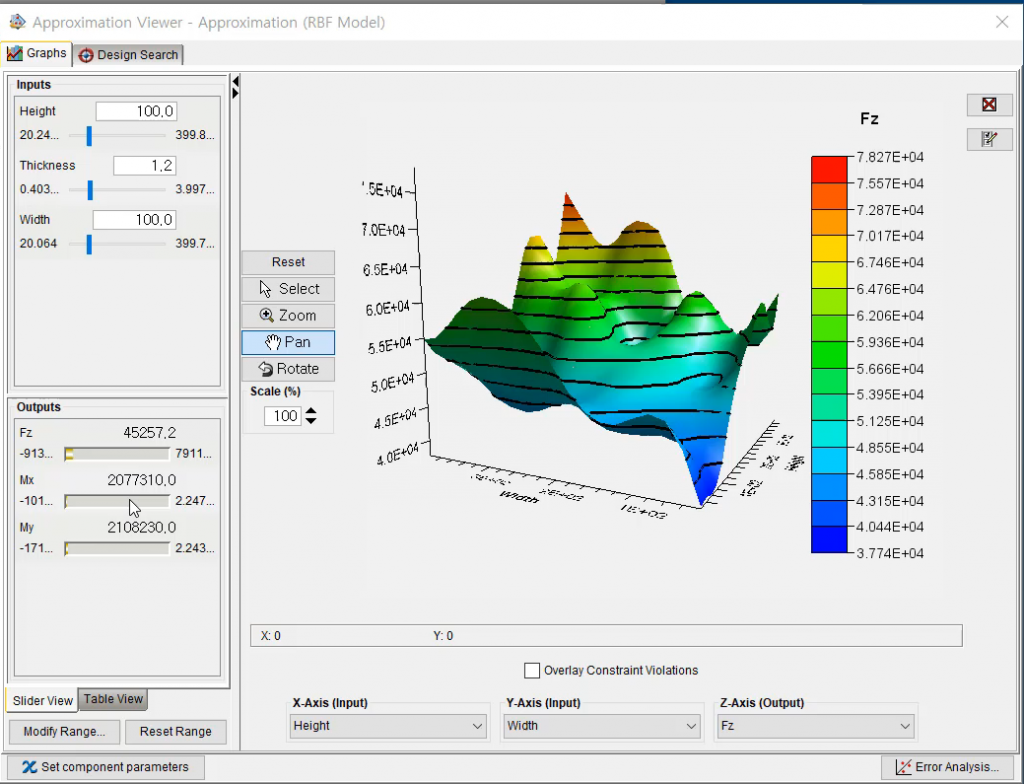Hyundai Motor Group Explores SIMULIA’s Fast Solve Technology
The automotive industry faces dramatic changes with electric vehicles in terms of design, business paradigm, and shortening the product cycle.
A flawless process from product planning to product manufacturing can reduce the cost and time of the production. Upfront simulation supports the idea by providing the simulation technique as early as the concept design phase to reduce or eliminate possible late design changes. The automotive structure needs simulation of the three performance attributes: crashworthiness, NVH (noise, vibration, and harshness), and durability.
There are hurdles in applying the FE simulations of the three attributes at the early concept design. FE models require complete geometry for meshing, but the concept design may not have the detailed geometry and the design may frequently change. The architecture design in the concept phase is the most effective solution for optimal crashworthiness performance. However, the crashworthiness simulation takes a significantly longer time than the other two. Hence, we need a workflow that provides flexible modeling and faster performance, which are essential to support the frequently changing concept designs.
“SIMULIA provides 1D abstracted model for optimizing the architecture and then converts it to a 3D FE model for validating the structure,” said YongHa Han, Research Fellow, Virtual Technology Innovation Lab, Hyundai Motor Group. “SIMULIA’s Fast Solve Technology makes the 3D FE surrogate model run as faster as 10~20 time than the fine mesh model. This allows parametric MDO for crash in the loop with other performance attributes. Next plan is to apply this workflow for MDO on a concept vehicle structure.”
OEMs have a database, accumulated over a long period of time, of structure design and crashworthiness results as well as the knowledge and experiences of design engineers. The concept design engineers may roughly predict the performance of the architecture in order to try to avoid possible problems. Factors in crashworthiness design include how to position the structure frame geometrically and how to decide the component section size that forms the best load path to observe and distribute the crash energy. Hence, the crash resistance and the section geometry database, and an abstracted model, are necessary for the concept phase.
After publishing the workflow at NAFEMS and at SAE, we discussed and shared the ideas for the concept structure optimization with Hyundai Motor Group. We provided a workflow to utilize the database and the abstracted model for faster crash analysis and to prove the feasibility of the workflow through the POC project.

The database of crash resistance of the rectangular cross-section was generated for general use. In addition, an automated process of extracting the cross-section and the crash resistance from existing geometry data was developed for specific cases. However, the specific data is too small to create an approximation surface, but it is available to use as a lookup table. The abstracted model responses were matched with the references within the target range of 70% WIF, which proved the model was feasible to use for parametric optimization.

Then, we optimized the crash resistance of the model to make the response curves match with the targets using Isight. A few section geometries picked by the metamodel from the optimal crash resistance, and the corresponding FE model, were created by SFE Concept for final optimization and validation. In this phase, we used a coarse mesh surrogated model that runs as fast as 10-20 times the fine mesh model. This allows parametric MDO for crash in the loop with other performance attributes.
Through the project, we could prove the proposed workflow with a customer’s real model, and we could discuss the improvements of the method. The customer wants to continue the project expanding to MDO of crashworthiness and stiffness. The workflow is available in using Abaqus, Isight, and SFE individually, and we plan to integrate the process in the 3DEXPERIENCE platform.
Click here for more information about SIMULIA’s crashworthiness solutions.
SIMULIA offers an advanced simulation product portfolio, including Abaqus, Isight, fe-safe, Tosca, Simpoe-Mold, SIMPACK, CST Studio Suite, XFlow, PowerFLOW and more. The SIMULIA Community is the place to find the latest resources for SIMULIA software and to collaborate with other users. The key that unlocks the door of innovative thinking and knowledge building, the SIMULIA Community provides you with the tools you need to expand your knowledge, whenever and wherever.
